Astaxanthin Main Feature
Content Standard
Astaxanthin content is usually guaranteed to be no less than 0.4% to ensure its effective addition in the feed.
Functional Characteristics
It has excellent pigmentation ability, which can significantly improve the color of the skin, feathers or yolk of farmed fish and poultry, while enhancing the immune function of animals, improving the reproductive rate and survival rate, and optimizing the meat quality.
Solubility
Due to its fat solubility, it is recommended to dissolve in feed oil beforehand or use external spray technology to ensure uniform distribution.
Application Fields
Widely used in aquaculture (such as salmon, shrimp and crab, etc.), poultry farming and specific pet food to enhance the commercial attractiveness and nutritional value of farmed products.
In summary, feed grade astaxanthin is refined through modern biotechnology, aiming to improve the health status and appearance quality of farmed animals through natural means, and is one of the indispensable functional additives in the modern feed industry.
Astaxanthin Benefits
Astaxanthin Antioxidant
Astaxanthin can effectively remove free radicals in the body, protect cells from oxidative damage, help slow down the aging process, repair skin damage, and combat photoaging.
Astaxanthin And Immunity
By enhancing the function of T and B cells, as well as increasing the activity of natural killer cells, astaxanthin can help boost the body’s immune defenses against infection and disease.
Astaxanthin Anti Inflammatory Effect
It can reduce the inflammatory response caused by free radicals, and has a potential easing effect on inflammatory diseases such as arthritis.
Astaxanthin feed Application
As a feed additive, it is used to improve the health of aquatic animals and enhance their color, and improve the commercial value of ornamental fish and edible fish.

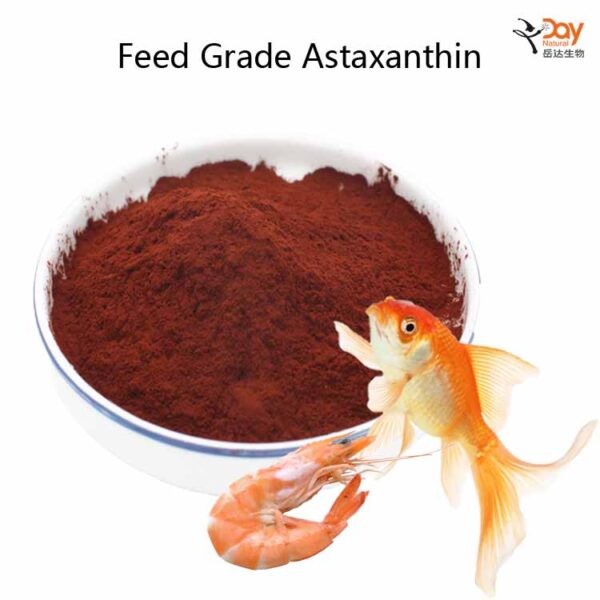
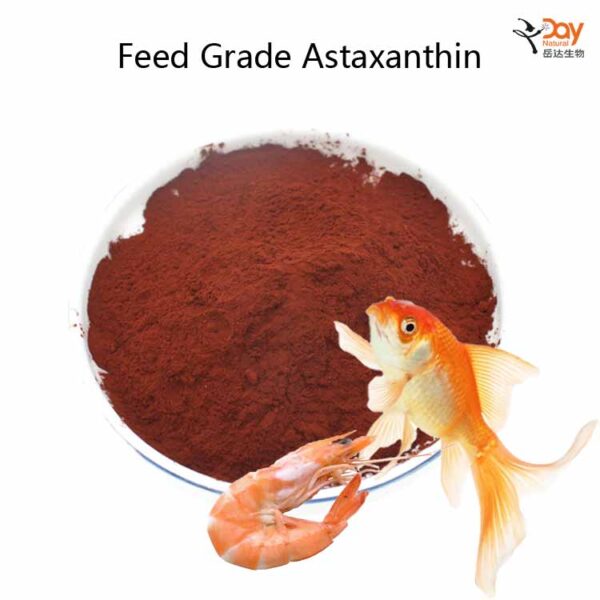
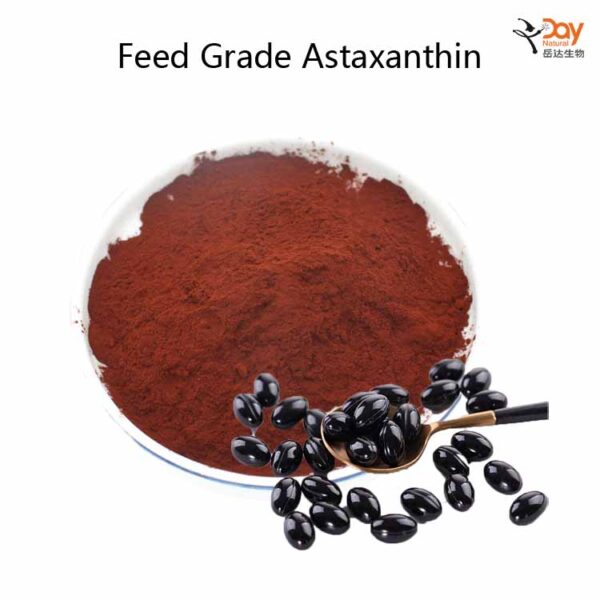
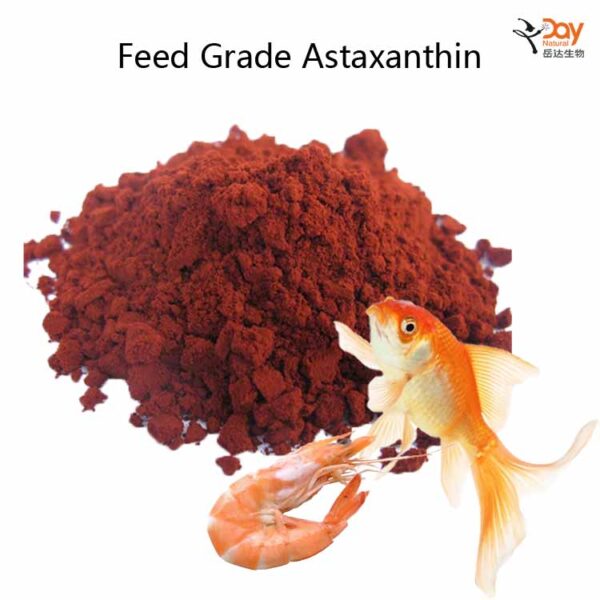
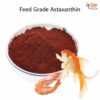
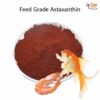
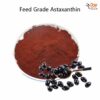
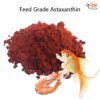




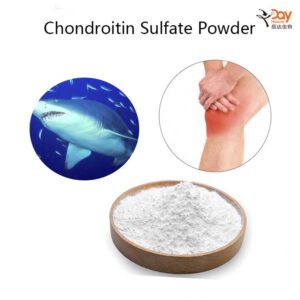
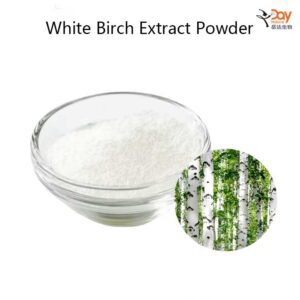
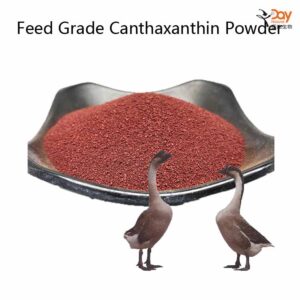
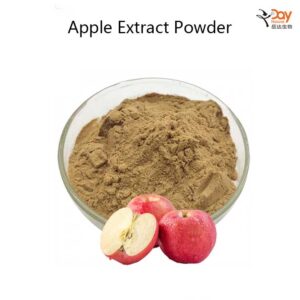
Reviews
There are no reviews yet.